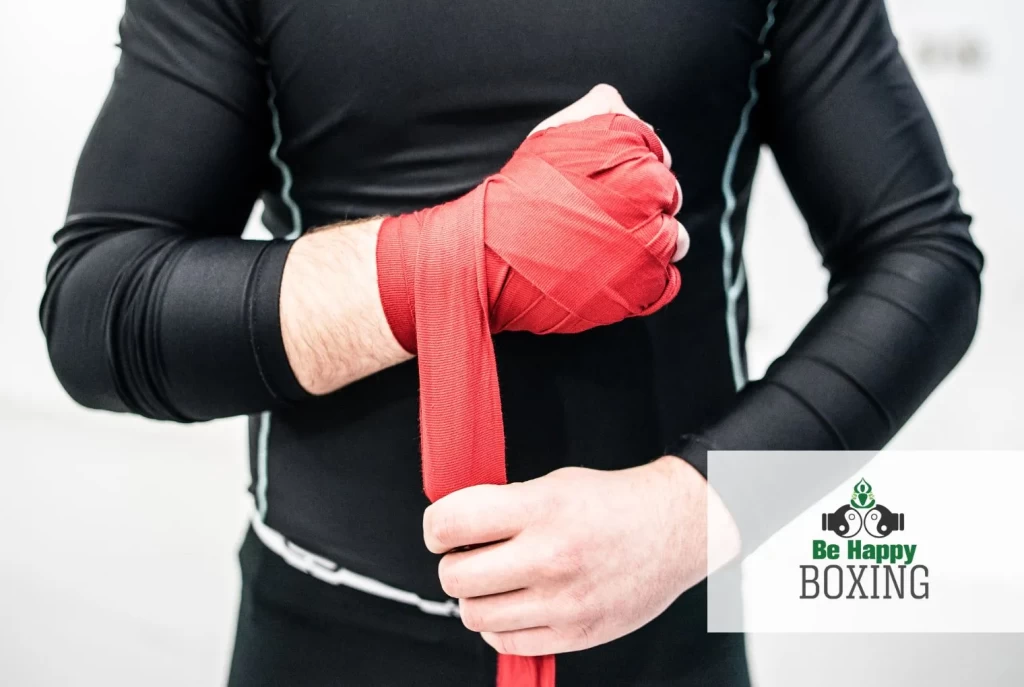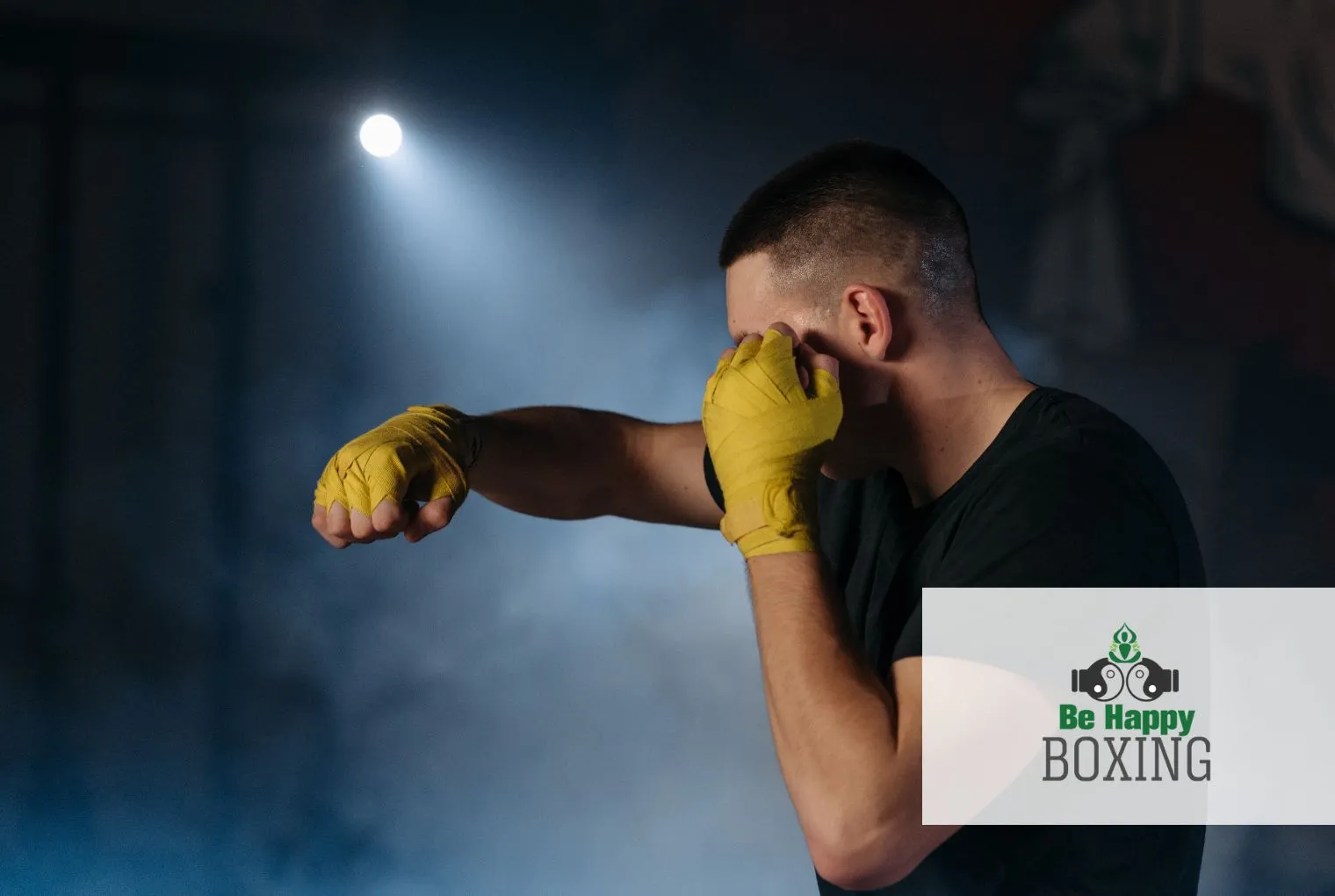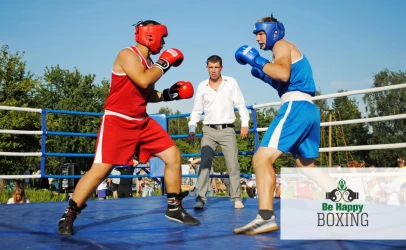Boxing is a physically demanding sport that requires athletes to prioritize safety while training and competing. One essential piece of equipment often overlooked by beginners is the hand wrap. But why do boxers wrap their hands, and what are boxing wraps for?
Let’s dive into their significance and how they contribute to the sport.
Key Takeaways
- Hand wraps protect against injuries by stabilizing the delicate bones, tendons, and ligaments in the hands and wrists, making them an essential safety measure in boxing.
- Choosing the correct size and type of hand wraps (e.g., 120-inch vs. 180-inch, traditional vs. quick wraps) ensures proper fit, support, and comfort during training or competition.
- Hand wraps enhance punching technique and glove fit, reducing friction, absorbing sweat, and helping boxers generate power more safely.
Protection Against Injuries
The primary reason boxers wrap their hands is to protect the delicate bones, tendons, and ligaments in their hands and wrists. The human hand consists of 27 small bones, making it particularly susceptible to fractures during high-impact activities like punching. Hand wraps help stabilize these structures, reducing the risk of injuries such as:
- Fractures: Especially in the knuckles and metacarpals.
- Sprains and Strains: In the wrist and surrounding ligaments.
- Bruising: By cushioning the hand and distributing impact forces evenly.
Without proper hand wrapping, even seasoned boxers risk significant injuries that could sideline them for weeks or months.
Improved Punching Technique
Hand wraps also play a role in enhancing a boxer’s punching technique. Keeping the hand in the correct alignment helps prevent improper wrist movement that can lead to sprains or inefficient punches. With well-wrapped hands, boxers can focus on their form and generate more power safely.
Enhanced Comfort and Glove Fit
Hand wraps act as a buffer between the skin and the boxing gloves, reducing friction and minimizing the chance of blisters. They also absorb sweat, which keeps the inside of the gloves dry and extends their lifespan. Additionally, hand wraps help ensure a snug glove fit, allowing for better control and comfort during training or matches.
What Size Hand Wraps Should I Get?
When choosing hand wraps, size matters. Most boxing hand wraps come in two common lengths: 120 inches (3 meters) and 180 inches (4.5 meters).
- 120-inch wraps are ideal for individuals with smaller hands or for lighter training sessions where less bulk is preferred.
- 180-inch wraps are the most popular choice, offering ample material for added wrist support and protection, especially during heavy bag work or sparring.
If you’re unsure what size hand wraps you should get, it’s best to opt for the longer wraps, as they provide more versatility and can be adjusted to suit your needs.

Types of Hand Wraps
There are various types of boxing wraps available, each designed for different preferences and training intensities:
- Traditional Cloth Wraps: These require manual wrapping and offer customizable support.
- Elastic “Mexican” Wraps: Made with a stretchy material for a snug fit.
- Quick Wraps: Gel-padded alternatives that are easier to put on but may not offer the same level of wrist support.
Conclusion
Boxing hand wraps are an indispensable part of a boxer’s gear. They protect the hands from injuries, enhance punching power, and improve glove comfort. Whether you’re a beginner or a seasoned fighter, understanding what boxing wraps are for and selecting the right size can make a significant difference in your training and performance.
Remember, safety always comes first, so never skip wrapping your hands before stepping into the ring or hitting the bag.
Frequently Asked Questions
Can hand wraps be reused, or should they be replaced after every use?
Hand wraps are designed to be reusable. However, they should be washed after each use to maintain hygiene and prevent unpleasant odors. Frequent washing also helps keep the material soft and extends the lifespan of the wraps.
How do I know if my hand wraps are too tight or too loose?
If your hand wraps are too tight, you may experience numbness, tingling, or discomfort during training. On the other hand, if they are too loose, they won’t provide adequate support, and you might feel your hands shifting within the gloves. Properly wrapped hands should feel secure but comfortable, with no restricted blood flow.
Are there any alternatives to traditional hand wraps for beginners?
Yes, beginners can consider using quick wraps or gel wraps. These are easier to put on and offer decent protection, making them a convenient option for those new to boxing. However, they may not provide the same level of custom support as traditional wraps, especially for heavy training sessions.





